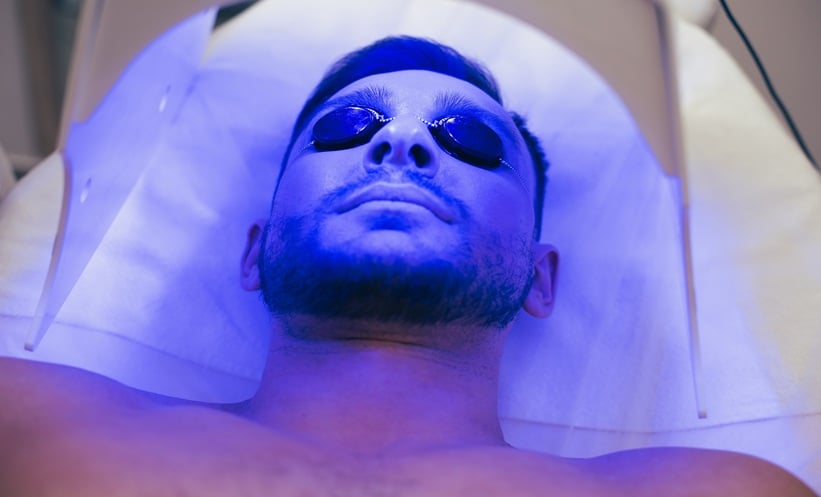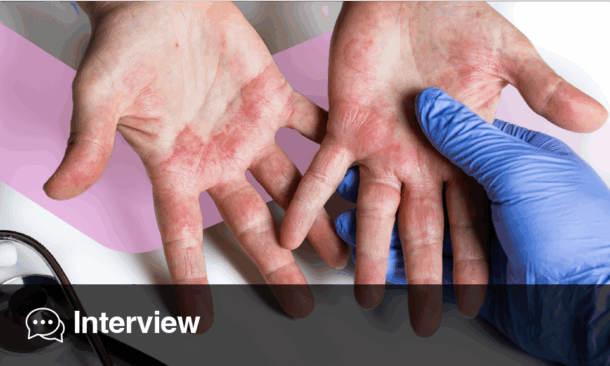INTRODUCTION AND OBJECTIVES
Cellulitis is a bacterial infection of the skin and underlying tissues,¹ often leading to diagnostic challenges due to its nonspecific presentation. Globally, cellulitis imposes a significant burden on healthcare systems. In the UK, the National Institute for Health and Care Excellence (NICE) NG141 guidelines provide recommendations for managing cellulitis, including proper diagnosis, antimicrobial prescribing, and the provision of safety netting advice.2 These guidelines aim to improve patient outcomes, prevent complications, and address the rising concern of antimicrobial resistance.
This audit was conducted at a general practice (GP) in remote and rural England to assess compliance with the NG141 guidelines in cellulitis management. The primary objectives were to evaluate the accuracy of diagnosing cellulitis, assess the provision of safety netting advice, and determine the appropriateness of antimicrobial prescribing. By auditing these practices, the aim was to identify areas for improvement and ensure that the GP being audited maintains high standards in cellulitis care.
MATERIALS AND METHODS
A retrospective audit was conducted, reviewing the records of 40 patients diagnosed with cellulitis at the GP between 13 December 2022–12 December 2023. Eligible patients were those aged 18 years and over, newly diagnosed with cellulitis during the study period. Exclusions included patients diagnosed in secondary care and those with recurrent cellulitis episodes.
The NICE NG141 guidelines were used to derive three key audit criteria: the exclusion of other causes of skin redness, the provision of safety netting advice, and the prescription of appropriate antimicrobials. Target compliance rates were set at 90% for the first two criteria and 95% for the third. Data were extracted from the Egton Medical Information Systems (EMIS) and analysed using a structured spreadsheet. Each patient’s record was evaluated for adherence to these criteria, and results were compared against the target standards.
RESULTS
The audit revealed varied compliance levels with the NICE NG141 guidelines. For the first criterion, only 45% of patient consultations documented the exclusion of other potential causes of skin redness, falling well below the 90% target. Discussions with clinicians suggested that while differential diagnoses were often considered during consultations, time constraints and inconsistent documentation practices contributed to this low compliance rate.3
For the second criterion, 72% of patients received safety netting advice, which also fell short of the 90% target. The lower rate of safety netting provision was attributed to high clinician workloads and time limitations, which impacted their ability to consistently offer and document this advice during consultations.4
The third criterion, correct antimicrobial prescribing, showed a higher compliance rate of 92%, just below the 95% target. Most patients were prescribed the appropriate antimicrobials according to the NICE guidelines, though a few cases of cellulitis near the eyes and nose involved inappropriate antibiotic selection, highlighting the need for additional training in the management of more complex presentations.
CONCLUSION
This audit identified significant gaps in adherence to the NICE NG141 guidelines at the GP, particularly in documenting the exclusion of differential diagnoses and providing safety netting advice. Whilst antimicrobial prescribing practices were generally strong, the findings highlight the need for further improvement in clinician training and documentation practices.
To address these gaps, it is recommended that the GP implements regular training sessions to update clinicians on the latest NICE guidelines, with a focus on diagnosis and patient communication. Additionally, introducing standardised documentation templates within the EMIS system could improve the systematic exclusion of differential diagnoses and ensure consistent safety netting advice. A re-audit after 12 months is recommended to evaluate the effectiveness of these interventions and ensure improved compliance. These measures are essential for enhancing the quality of cellulitis care and ensuring continued adherence to national guidelines at the GP.






